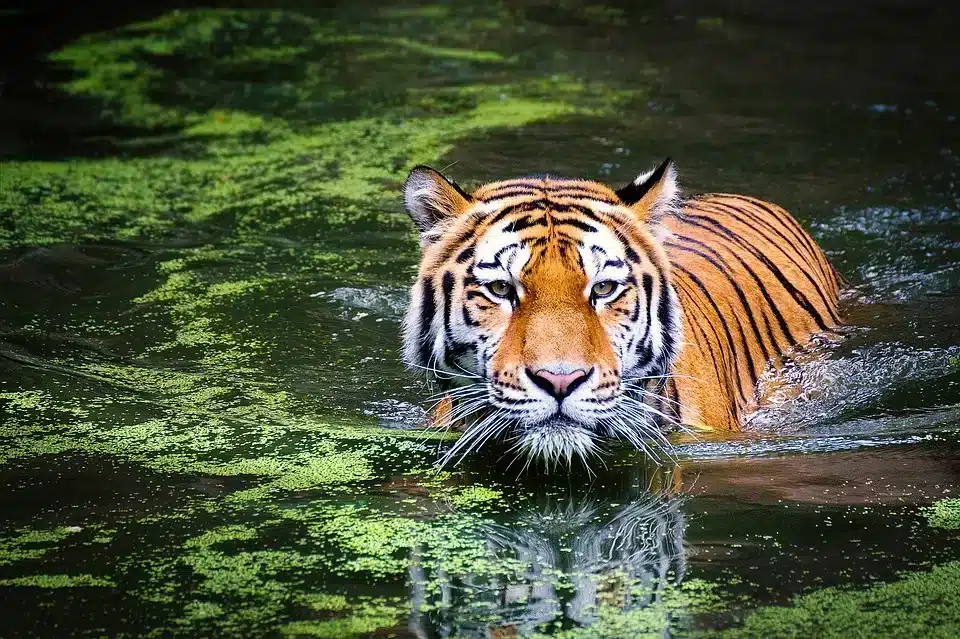How Many Animal Species Exist in the United States

The United States is renowned for its rich biodiversity and varied ecosystems, which have provided a habitat for numerous animal species to thrive. From the towering mountains to the vast plains and lush forests, the country’s diverse landscapes support a wide array of wildlife. In this article, we will delve into the fascinating world of the animal kingdom within the United States, exploring the estimated number of species and the efforts undertaken to conserve and protect them.
The Remarkable Diversity of Animal Species
The United States boasts an impressive diversity of animal species, ranging from microscopic organisms to large mammals. The vast territory encompasses different climate zones and ecological regions, making it a hotspot for biodiversity. According to the most recent estimates by scientists and biologists, there are approximately 428,000 documented animal species in the United States. However, this number is not set in stone, as ongoing research and discoveries often lead to updates and additions to the list.
Mammals: The Iconic Wildlife
The United States is home to a remarkable variety of mammals, some of which have become iconic symbols of the country. From the mighty grizzly bear of the Rocky Mountains to the elusive mountain lion of the western states, mammals have captured the hearts of many wildlife enthusiasts. As per the latest records, there are about 432 mammal species residing within the country’s borders.
Avian Wonders: Birds of the United States
Birdwatchers and ornithologists flock to the United States to witness the spectacular array of avian wonders. With its diverse range of habitats, including wetlands, forests, and coastal regions, the country provides a sanctuary for over 914 bird species. Among these, the bald eagle stands tall as the national emblem, representing strength and freedom.
A World Underwater: Aquatic Species
Beyond the land, the United States is surrounded by vast oceans, and its inland waters host a treasure trove of aquatic species. The country’s extensive coastline along the Atlantic, Pacific, and Gulf of Mexico harbors marine creatures like whales, dolphins, and seals. Furthermore, the numerous lakes and rivers teem with a variety of fish species, making up a substantial part of the country’s biodiversity.
Reptiles and Amphibians: Cold-blooded Diversity
Reptiles and amphibians are found in abundance across the United States. From the venomous rattlesnakes of the desert to the colorful tree frogs of the rainforests, these cold-blooded creatures have adapted to various habitats. Currently, there are around 600 reptile and 500 amphibian species documented within the country.
Insects and Arachnids: The Tiny Titans
The United States is also home to a staggering number of insects and arachnids. While these tiny creatures may often go unnoticed, they play a crucial role in the ecosystem. Bees, butterflies, spiders, and beetles are just a few examples of the vast insect diversity in the country. The estimated number of insect species in the United States exceeds an astonishing 91,000.
Challenges in Conservation
Despite the richness of its biodiversity, the United States faces several challenges in conserving its animal species. Habitat loss due to urbanization, deforestation, and pollution poses a significant threat to wildlife. Climate change is also affecting animal populations, with some species struggling to adapt to the rapid environmental shifts. Additionally, invasive species have disrupted native ecosystems, endangering many indigenous animals.
Conservation Efforts and Initiatives
Thankfully, numerous conservation efforts and initiatives are underway to protect and preserve the country’s wildlife. National parks, wildlife reserves, and protected areas have been established to provide safe havens for endangered species. Wildlife rehabilitation centers and sanctuaries work tirelessly to rescue and rehabilitate injured or orphaned animals. Public awareness and education about the importance of conservation have also played a vital role in garnering support for wildlife protection.
Conclusion
The United States stands as a testament to the incredible diversity of animal species on our planet. With over 428,000 documented species, the country’s landscapes teem with life, ranging from charismatic mammals to the tiniest insects. However, as human activities continue to impact the environment, the need for conservation efforts becomes ever more critical. By valuing and protecting the rich biodiversity within its borders, the United States can ensure a thriving and sustainable ecosystem for generations to come.






